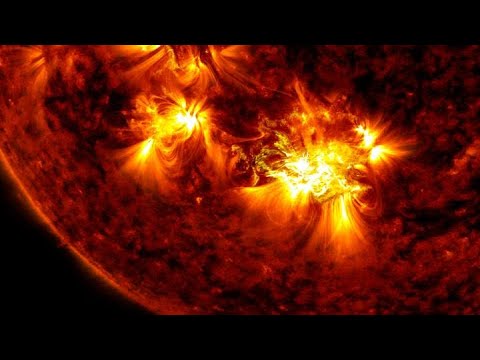

solar flares, one substantial instance of which was observed in 2023. They are characterized as abrupt emissions of electromagnetic radiation originating from the sun’s atmosphere. These flares can travel through space at almost the speed of light, interacting with Earth’s magnetic field and upper atmosphere.
Their impacts vary from stunning auroras near the poles to interference in radio communications, malfunctions in satellites, and even risks to astronauts. Each flare serves as a reminder that space is far from an empty expanse but a lively environment linking our planet to its star. The strength of these outbursts fluctuates significantly, and scientists have developed methods to assess and categorize them to comprehend their possible impacts on our technology and everyday life. From minor disturbances to formidable eruptions capable of incapacitating satellites, solar flares showcase both the elegance and unpredictability of the star that nurtures us.